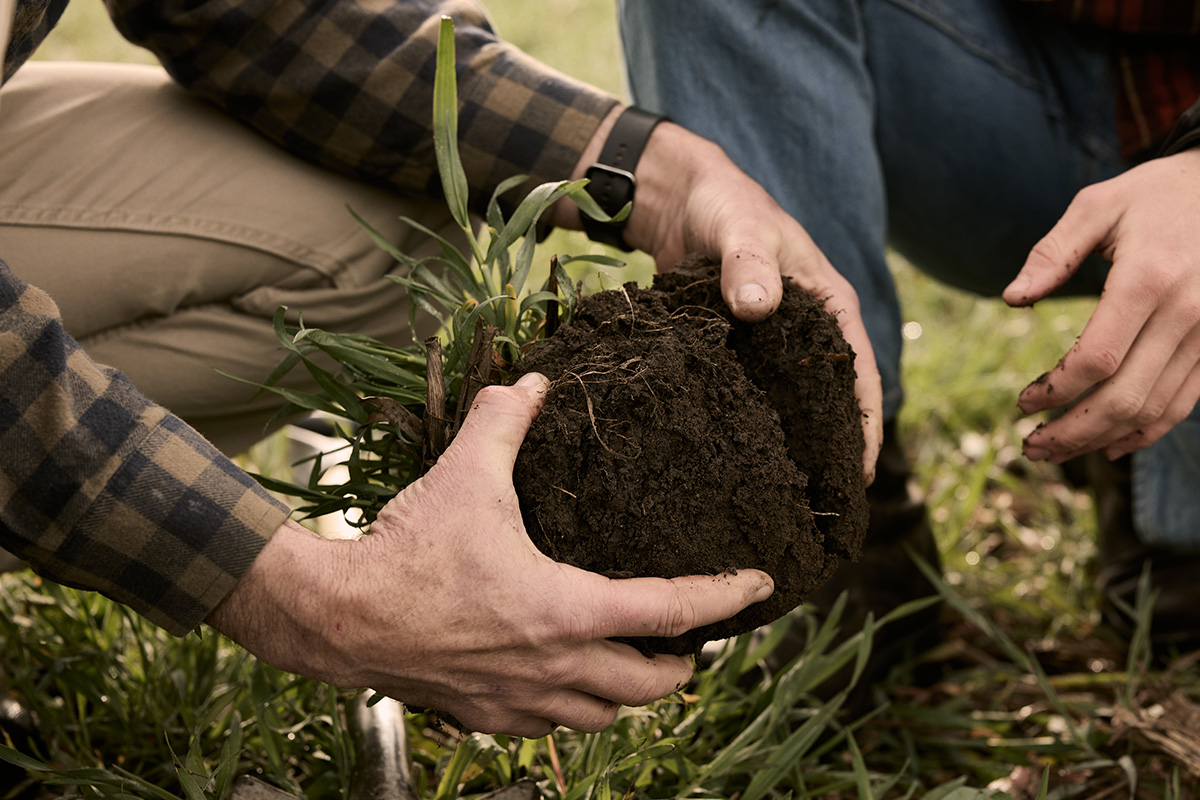Uncovering New Developments in Cover Crop Planting
Balancing fall harvest with cover crop planting continues to be a key barrier for many Illinois farmers implementing this beneficial conservation strategy. But new research from University of Illinois Extension aims to help. Scientists are experimenting with different cover crop species along with different planting dates and seeding rates.
In the midst of their second year of trials, researchers are gaining a better understanding of ideal planting dates, survivability across the wide range of weather conditions across the state and the relationship to the spring stand.
The project also aims to improve seeding rate adjustment recommendations based on planting date and region. It will hone target termination timing to help producers achieve optimal cover crop performance.
In the end, researchers say their goal is helping farmers prioritize cover crop planting at the appropriate time to ensure a successful stand as part of a soybean/corn rotation.
Why cover crops?
At their base, cover crops are planted into crops such as soybeans within or outside of the growing season. Their benefits are many, especially for soil, improving soil quality, organic matter, water-holding capacity and nutrient retention. Added to that, cover crops add nitrogen through fixation. They can control weeds, break disease cycles and reduce erosion. The environment benefits from enhanced biodiversity and increased soil infiltration, which leads to less leaching, flooding and runoff.
Timing is critical for all aspects of cover crops, including:
- Finding the right rotation window
- Identifying the ideal planting date
- Knowing when to terminate
- Planting date is especially critical because it helps farmers in:
- Optimizing successful establishment
- Getting optimal fall growth
- Realizing the desired performance of the cover crop
The University of Illinois study aims to make it easier for Illinois soybean growers to determine a cover crop strategy and help slip them into an existing rotation.

Cover crop benefits are numerous, according to research. They include increases in soil health, water-holding capacity, organic matter and nutrient retention.

A University of Illinois study aims to make it easier for Illinois soybean growers to determine a cover crop strategy and to help them slip cover crops into an existing rotation.
The Results
Research began in 2022 and continued in 2023 at locations across Illinois: Belleville, Ewing, Perry and Monmouth.
Researchers use three planting dates, four seeding rates and two termination timings in cereal rye. They’re trialing multiple cover crops in addition to cereal rye before soybean, including balansa and crimson clover after soybeans at three planting dates.
Preliminary findings support the hypothesis that earlier planting dates yield more spring biomass. In some cases, earlier planting dates with lower seeding rates can provide comparable biomass to the higher seeding rates planted later.
Researchers planted the clovers in three waves. The first planting date was the second week of October, and the second was the first week of November because of weather conditions that kept them from the field.
“Both species performed really well, with good biomass and growth,” says Nathan Johanning, University of Illinois Extension commercial ag educator.
Balansa clover is a late bloomer. It takes until late April to kick into vegetative growth. “If you want to get in early in that field, it wouldn’t be the choice,” Johanning says. “Even in the first week of May, it took off and took over some winter weeds.”
The final planting date was November 22. Although that cover crop produced less biomass than the two earlier planting dates, Johanning reports it did establish and was performing reasonably well.
“Crimson clover handled mid-October well. That is the happy cutoff for it,” he says. “Balansa clover clearly has better tolerance of pushing that later planting date.”
Researchers also collected biomass for cereal rye trials, and Johanning says the biggest takeaway was that earlier planting dates proved to have higher biomass.
Researchers also tested different seeding rates: 30, 60, 90 and 120 lbs.
“The difference between the 30 and 120 lbs. rates was noticeable but not significant,” he says. “Most growers wouldn’t plant that high, obviously, but we found that even 30 to 60 lbs. had really good biomass.”
For cereal rye, the first planting date was Sept. 29; the second date was mid-October; the final date was Nov 22.
Johanning says the first two dates look very similar and produced comparable biomass.
“The rye was later to mature at the later planting dates,” he says. “There is a small influence of planting date on when it matures—maybe a week to 10 days.”
The rye also tends to stay shorter, about 4 to 6 inches shorter with the later planting date. That later date doesn’t leave as much time for fall branching and base growth.
Johanning believes the mid- to higher seeding rates of 60 lbs. to 90 lbs. would be beneficial for later planting dates.
“If you plant by mid-November, the middle rate of 60 lbs. provides plenty of biomass,” he says. “If you plant before November, then you definitely can use less than 60 lbs.”
Researchers are finalizing analysis of the 2023 results and in the midst of 2024 trials. Johanning would like to incorporate grasses with the clovers to add diversity to the cover crops after soybeans as another option.
Recent Articles
ISA's new Agronomy Farm is a nearly 98-acre site designed to turn checkoff-funded research into practical, field-ready insights for Illinois farmers.
By Abigail Peterson, CCA, ISA Director of Agronomy

